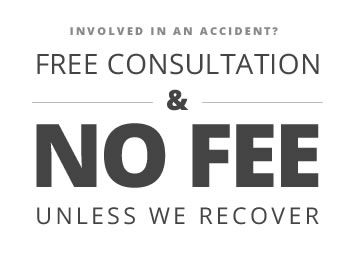We have discussed the difference in auto insurance coverage between your liability and uninsured/underinsured insurance. As you know liability is used when you are at fault for an accident – it pays the other parties claims, including property damage and personal injury. As a rule of thumb we suggest coverage at least in the $100/300,000 range. That means that the most one victim/claimant can recover under your policy would be $100,000, while the most all victim/claimants can recover, total is $300,000. An individual’s coverage usually is commensurate to their net worth/assets – in other words, the more you have to lose the more coverage you should have.
Now, when you purchase your liability coverage you also receive uninsured and underinsurance. The former covers you for your damages when you are a victim of a negligent driver, (tortfeasor), who does not have any insurance – or if the vehicle was being used without the owner’s permission, (stolen, etc.), and thus, the insurer of the owner’s vehicle denies coverage. The latter covers you when the tortfeasor’s liability coverage is less then what you have. We say, in that situation, that the tortfeasor is underinsured by the difference in his and your coverage.
For example, assume your claim is worth $100,000 and the tortfeasor’s liability coverage is $30/60. That means the most one person can recover under that policy is $30,000. If you have underinsurance in the amount of $100/300, you could collect the difference, ($70,000), under your policy. You actually make a claim against your policy – your insurer stands in the shoes of the tortfeasor’s insurer. Your recovery under this scenario is a "no fault" type of recovery so there is no premium hike to your policy. This also applies to any uninsured recovery.
So, you can see how important it is to have sufficient coverage for all these coverages.
Now here is what you want to be careful of – when you buy these coverages the uninsured/underinsured will be equal to the liability coverage you choose – that’s good. You may, however, be offered the opportunity to reduce your overall premium by waiving the equal coverage and accepting a lower rate for the uninsured/underinsured, (usually the state minimum). DO NOT DO THIS!! Protect yourself and your family by keeping all these rates the same.
it is important to get help from a personal injury lawyer who understands the local regulations and legal standards, who knows how insurance policies work and can handle all aspects of an insurance claim or litigation if necessary. If you or someone you know has been hurt as a result of an accident, call us anytime, 24/7. We can help.


